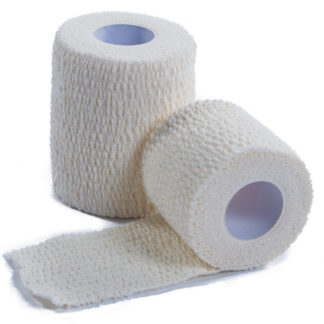
- shortening stride,
- unwilling to lift its hoof,
- showing lameness,
- having hot hooves,
- unbalanced standing,
- display growth rings in the hooves,
- increased digital pulse pressure,
- or separation of the hoof wall from the hoof.
Steps to avoid laminitis
- Proper dietary management – this is especially important because overweight horses are prone to laminitis. Maintain your horse with a body score of around 3/5 to allow them their systems enough capacity to cope with seasonal fluctuations in grass sugar levels.
- Grazing management – control the intake of sugar and starch as this is the common risk factor of laminitis. Where possible opt for grasses that are naturally low in sugar. Otherwise limit grazing time from late night to early morning, and provide low sugar grass hay, or soaked hay.
- Enough exercise – providing a track system for your horses to encourage movement is one of the best natural exercise prompters.
- Provide them practical care routines – let nature help with a system reset over winter by leaving rugs off and allowing them to reduce weight levels.
- Be vigilant with hoof care – shedule regular visits with the farrier or trimmer. 3-4 week intervals work best for most of the year.
- Provide the right supplements – Copper and zinc are vitally important minerals for hoof strength. Combining these with magnesium and biotin helps support the metabolism.
HoofXtra contains these essential ingredients along with selenium, pyridoxine and folic acid to provide optimum support for laminitic prone or insulin resistant (IR) horses. https://myhorsesupplies.com.au/product/laminitis-rescue-mix-carol-layton/
Note: Horses vary from one another and what works for one horse may not work for another. If you’re considering what to supplement your horse with, we recommend speaking to either your vet or an equine nutritionist to ensure you’re feeding the best option for your horse.
Consult your vet regularly – they are more equipped with regards to horse health problems and can easily identify signs of problem

Debbie is the founder of My Horse Supplies. She has had a lifelong love affair with horses. She currently runs an agistment centre, as well as caring for nearly 20 of her own horses.
